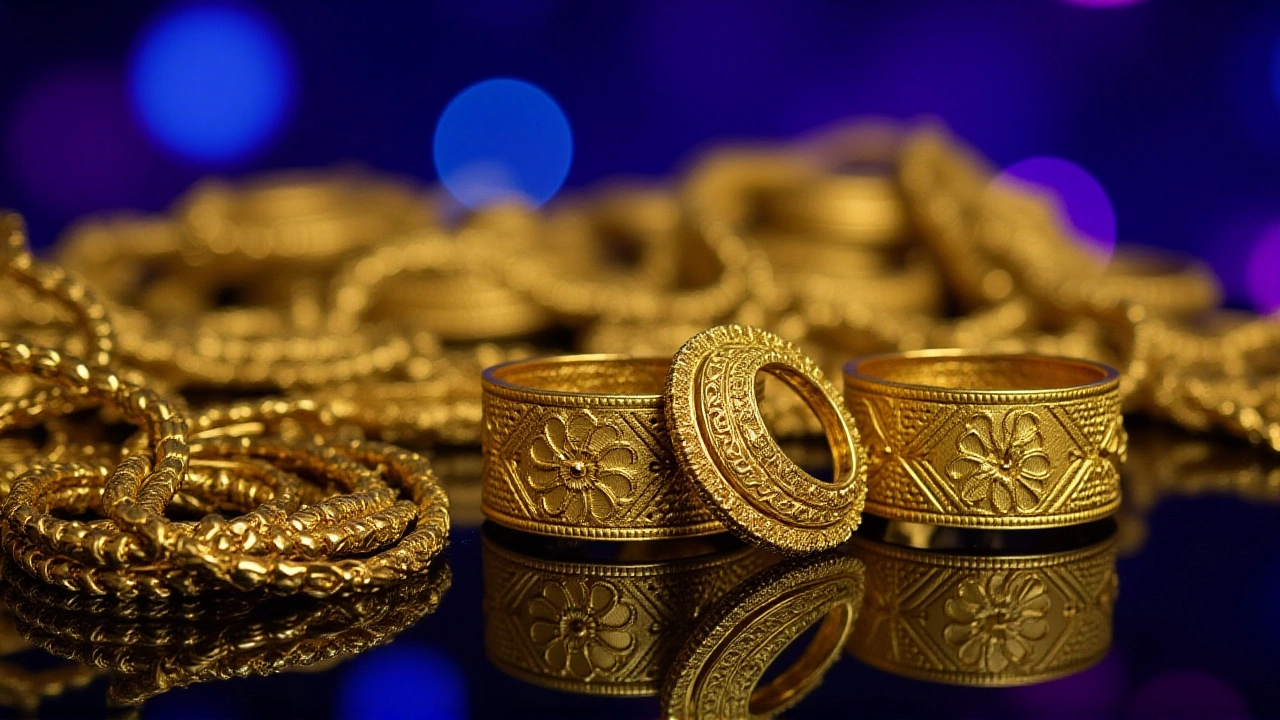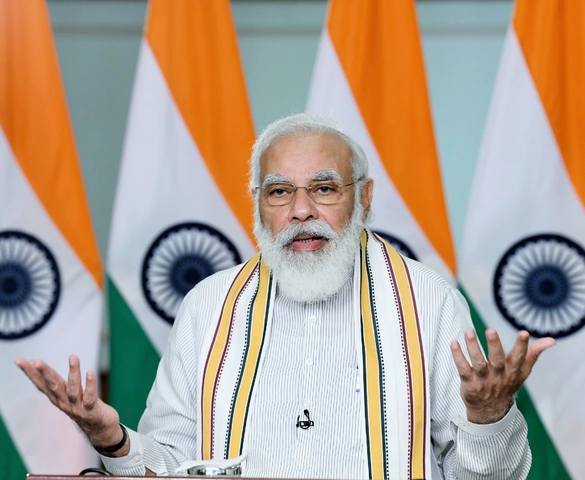When Multi Commodity Exchange of India (MCX) announced on that it was tightening margin requirements on gold and silver futures, investors across India felt the heat. The decision follows a blistering run‑up in prices – gold touched an all‑time high of ₹1,26,350 per 10 g, while silver surged past ₹1,60,800 per kg. Manisha Gupta, Senior Market Analyst at World Gold Council warned that the rally, part of the 2025 Gold and Silver Price SurgeIndia, could force traders to lock more cash as collateral.
Record‑breaking prices in 2025
India’s spot gold price cracked the ₹1,26,350 mark on , the first time the ten‑gram benchmark breached the ₹1.2 lakh barrier. Just weeks earlier, on , it was sitting at ₹95,935, and by it had vaulted to ₹96,552 – a 1.36% jump in a single session.
On the global stage, the International Spot Gold price peaked at $3,384 per ounce, flirting with the historic $3,500 ceiling. Silver, meanwhile, raced to ₹1,60,800 per kilogram, a level unseen in any recorded market.
- Gold: ₹1,26,350 / 10 g (record high)
- Silver: ₹1,60,800 / kg (record high)
- International spot gold: $3,384 / oz
- Margin increase: from 5% to 7% for gold, 4% to 6% for silver (effective Oct 15)
- Price rise since April 2021: +104% for gold, +96% for silver
Why MCX raised margin rates
Margins act like a safety net – the higher the price swings, the thicker the net needs to be. MCX’s board argued that the unprecedented price levels amplify market risk, especially for leveraged traders who could face liquidation if the rally reverses sharply. By lifting margins, the exchange hopes to curb speculative excess and protect both brokers and retail participants.
"We’re not trying to penalise investors, we’re merely recalibrating the risk profile," said Manisha Gupta. "When gold jumps by 50% in a handful of months, the collateral cushions have to keep pace. Otherwise, a sudden dip could cascade into a broader market shock."
The new rules stipulate a minimum margin of 7% for gold futures and 6% for silver futures, up from the previous 5% and 4% respectively. Brokers will now require traders to post additional cash or government securities before opening fresh positions.
Drivers behind the gold and silver boom
Three forces converged to push precious metals skyward:
- Geopolitical tension – flare‑ups in the Middle East and lingering US‑China trade frictions revived safe‑haven demand.
- Domestic economic uncertainty – with the Indian rupee weakening against the dollar and inflation hovering near 6%, investors turned to assets that historically outpace fiat currency.
- Monetary policy expectations – speculation that the Reserve Bank of India might delay interest‑rate hikes kept money flowing into non‑interest‑bearing gold.
Analysts also pointed to a weakening dollar, which makes gold cheaper for holders of other currencies, and a surge in exchange‑traded funds (ETFs) that bundle gold for the average investor.
Implications for investors
Higher margins mean larger upfront cash commitments. For retail traders, that could translate into fewer positions or a shift toward longer‑term, less‑leveraged holdings. Institutional players, on the other hand, may see a reduction in speculative turnover, potentially stabilising price volatility.
“If you’re a day‑trader, you’ll feel the pinch,” notes Manisha Gupta. “But for long‑term investors, the higher margin is a reminder that gold is not a free‑ride – it still demands capital discipline.”
Moreover, the margin hike could reshape the broader Indian commodities market. Brokers may raise fees to cover the additional capital requirements, and some smaller players could exit the futures segment altogether.
What to watch next
Markets will keep an eye on three upcoming catalysts:
- The RBI’s monetary‑policy meeting slated for . Any surprise rate move could swing gold either way.
- The release of the World Gold Council’s quarterly demand report on . A jump in jewellery demand would reinforce the price rally.
- Potential geopolitical developments in Eastern Europe, which could reignite safe‑haven buying.
Until then, the prudent play is to monitor margin calls closely, ensure sufficient liquidity, and consider diversifying into other asset classes if the cost of holding gold becomes too steep.
Frequently Asked Questions
How will the higher margin rates affect small retail investors?
Retail traders will need to lock up more cash for each gold or silver futures contract. That could limit the number of positions they can open, prompting many to shift to unleveraged physical gold purchases or longer‑term ETFs where margin isn’t required.
What triggered the record price levels for gold and silver?
A mix of heightened geopolitical risks, a weakening Indian rupee, inflation‑driven demand for safe assets, and expectations of delayed RBI rate hikes pushed investors toward precious metals, sending prices to historic highs.
Will the margin increase curb speculative trading?
Higher margins raise the cost of leverage, which should deter short‑term speculative bets. While some traders may absorb the extra expense, many are likely to scale back or move to less volatile instruments.
Is gold still a good hedge against inflation in India?
Yes. With consumer‑price inflation near 6% and the rupee sliding against the dollar, gold’s real‑term returns remain attractive. However, investors should factor in the higher margin cost if they trade futures rather than holding physical metal.
What upcoming events could move gold prices again?
Key triggers include the RBI’s next policy meeting in early November, the World Gold Council’s quarterly demand report, and any escalation in global geopolitical tensions, especially in the Middle East or Europe.






Write a comment